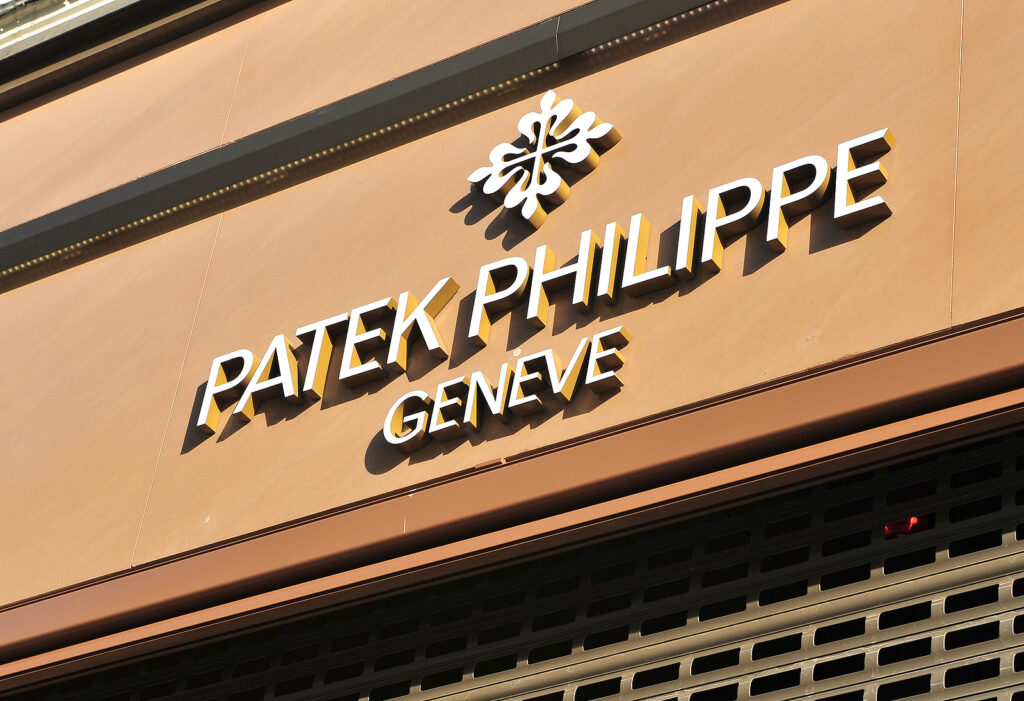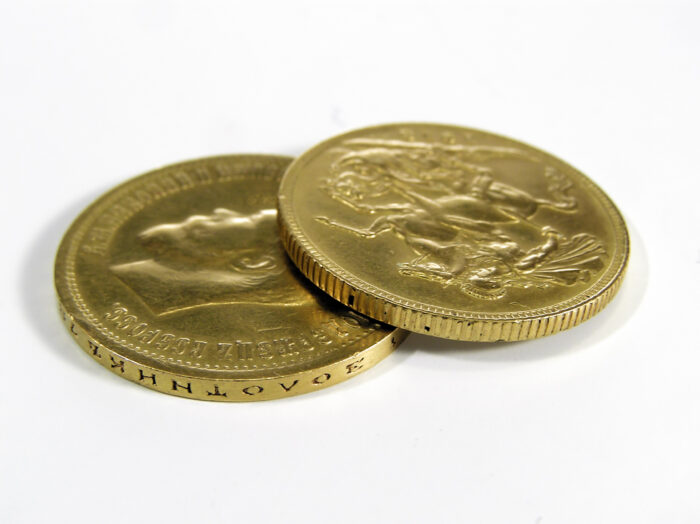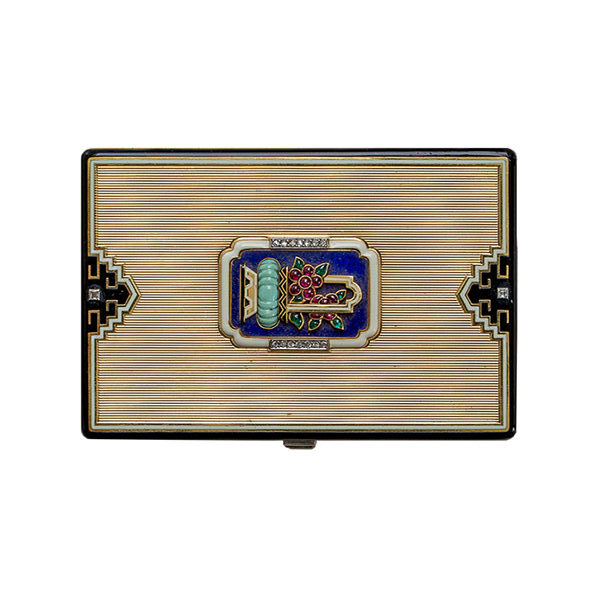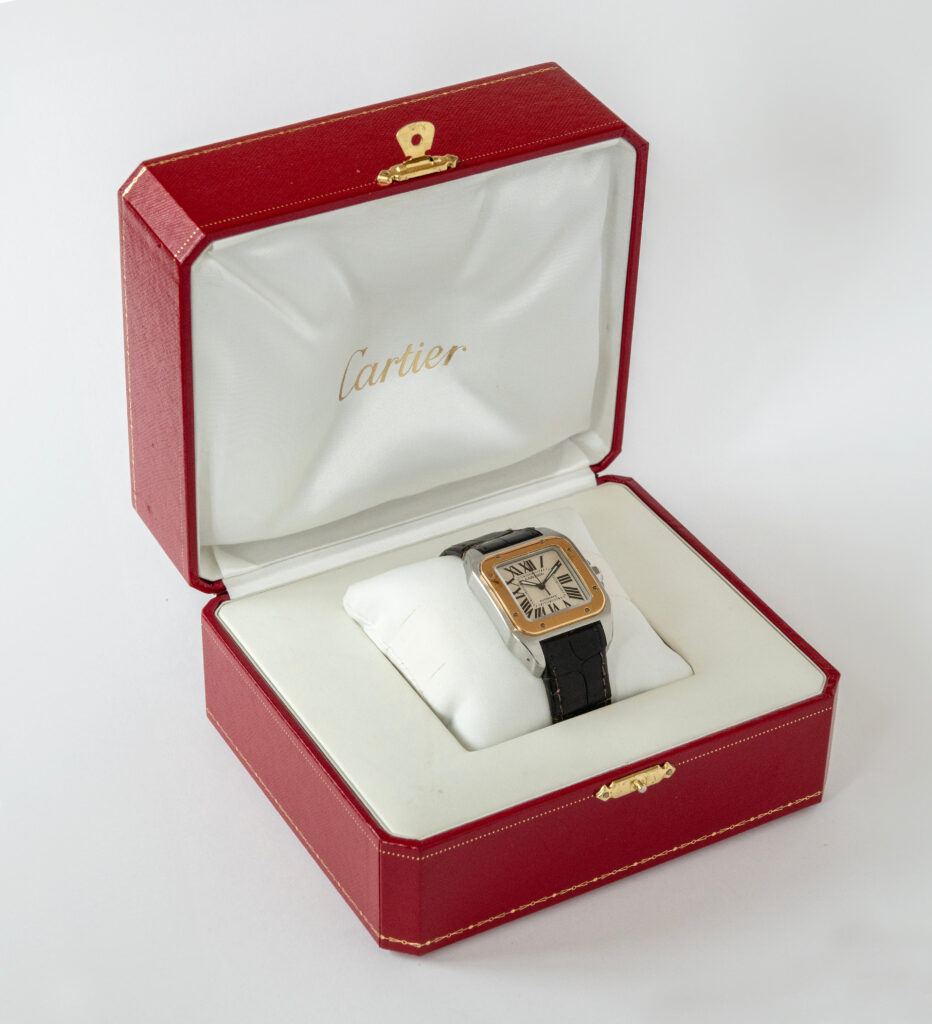In the world of fine jewellery, there is a significant difference between natural pearls and cultured pearls. While both are stunning to look at, their origins and rarity set them apart in the eyes of specialists, collectors, and admirers alike. Understanding these differences is key not only to appreciating their beauty but also to recognising their value.
This guide will take you on a journey through the world of pearls. You’ll discover how these oceanic gems are formed, understand the differences in value and craftsmanship, learn how to identify real pearls from costume jewellery and explore the legacy of renowned pearl jewellers who have defined luxury for generations.
The Formation of Pearls
Understanding how pearls are formed not only deepens appreciation for their beauty but also highlights the significant differences between natural and cultured pearls.
Natural Pearls
Natural pearls are formed when a microscopic irritant, such as a grain of sand or a parasite, accidentally lodges itself inside the soft tissue of a wild oyster or mollusc. In response, the mollusc secretes layers of nacre, a smooth crystalline substance, to coat the irritant. Over many years, this organic layering creates a pearl.
What makes natural pearls so coveted is their incredible rarity. Only 1 in 10,000 wild oysters will produce a pearl of any significant size and quality. This scarcity is why natural pearls often command prices that reflect their uniqueness, especially when perfectly round and richly lustrous. Historically, natural pearls were symbols of wealth and status, worn by royalty and the elite long before cultured pearls became available.
Because of their rarity, natural pearls are typically found in vintage jewellery or within the private collections of discerning collectors.
Cultured Pearls
The process of cultivating pearls began in the early 20th century, thanks to the pioneering efforts of Kokichi Mikimoto, a Japanese entrepreneur whose vision was to make these gems more accessible without compromising their beauty. Unlike natural pearls, which form purely by chance, cultured pearls are created with human intervention.
The process begins with a deliberate insertion of a tiny bead or piece of tissue into the oyster. This stimulates the mollusc to produce layers of nacre, just as it would in nature. With careful nurturing in oyster farms, these pearls are harvested after a few years, offering a consistent supply of high-quality gems.
Though not as rare as their natural counterparts, the precision and skill required to cultivate flawless pearls make them desirable among collectors and jewellery enthusiasts.
What Sets Cultivated and Natural Pearls Apart?
Both natural and cultured pearls are marks of elegance and sophistication, but their origins and availability place them in distinct categories within the jewellery market. Understanding these differences is crucial to understanding their value.
The Rarity of Natural Pearls
Natural pearls are among the most precious gems in the world, largely because of their extreme rarity. As they’re formed entirely by chance, scarcity drives their market value to extraordinary levels, especially for perfectly round specimens.
A prime example of a rare natural pearl is La Peregrina, one of the most famous pearls in history. Discovered off the coast of Panama in the 16th century, its perfectly symmetrical teardrop shape and flawless lustre made it a prized possession of Spanish royalty for over 200 years. More recently, it belonged to Elizabeth Taylor, who famously wore it as part of a custom-designed Cartier necklace – a testament to its enduring value and timeless beauty.
Another iconic pearl is The Hope Pearl, considered one of the largest and most perfectly formed natural pearls ever discovered. Weighing an astonishing 1,800 grains (~90g), its unique shape and remarkable size make it a marvel of nature that has been admired for centuries.
The Consistency of Cultured Pearls
Although not as rare as natural pearls, cultured pearls are celebrated for their consistent beauty and accessibility. Luxury brands like Mikimoto, Cartier, and Harry Winston have all embraced their usage, too. Mikimoto, known as the “King of Pearls,” is world-renowned for its Akoya pearls, prized for their perfect roundness and mirror-like lustre. Their collections represent the pinnacle of cultured pearl craftsmanship, with each piece undergoing rigorous selection processes.
Cartier incorporates both natural and cultured pearls into its high jewellery collections, often pairing them with diamonds and platinum to create breathtaking designs that capture the essence of timeless luxury. The brand’s legacy in pearl jewellery is rooted in its ability to blend classic elegance with contemporary style.
Harry Winston, known for its opulent gemstone creations, frequently includes pearls in its one-of-a-kind pieces. Their use of South Sea and Tahitian pearls, prized for their size and exotic hues, adds a layer of sophistication and exclusivity that mirrors the brand’s iconic style.
Price Differences in Pearl Jewellery Types
When it comes to pearls, value is a matter of rarity, quality, and provenance. Understanding the difference in costs between natural pearls and cultured pearls can help both collectors and sellers appreciate the true worth of their jewellery.
Price Ranges for Natural Pearl Jewellery
The rarity of natural pearls is reflected in their price. Due to the unpredictable nature of their formation, natural pearls are exceptionally rare and often command extraordinary values. Prices on jewellery can range from £300 to £100,000 or more, depending on factors such as:
- Provenance: Pearls with historical significance or a notable lineage often achieve higher valuations. For example, pearls owned by royalty or featured in significant collections have sold for millions at auction.
- Size: Larger natural pearls are exceptionally rare, with each millimetre of growth representing years beneath the ocean’s surface.
- Lustre: The brilliance and reflective quality of a pearl significantly impact its value. Natural pearls often have a deep, rich lustre that sets them apart from their cultured counterparts.
- Origin: The source of a natural pearl – whether from the Persian Gulf, the South Seas, or the coasts of India – can influence its value. Certain regions are renowned for producing pearls of unmatched quality and size.
Price Ranges for Cultured Pearl Jewellery
While cultured pearls are more widely available, their prices still reflect quality and craftsmanship. Depending on the type, or the presence of a well-known brand name, prices can range from £100 to £10,000 or more for high-quality strands. Key factors influencing the value of cultured pearls include:
- Type: Akoya pearls are typically smaller and more affordable, while South Sea and Tahitian pearls are larger and command higher prices due to their size and exotic colours.
- Lustre and Surface Quality: Higher-quality pearls exhibit mirror-like reflections and minimal surface blemishes, which increases their value.
- Size: Just like natural pearls, size matters. Larger cultured pearls, particularly South Sea varieties, are considered luxury items.
- Colour: Cultured pearls come in a variety of hues, with black Tahitian and golden South Sea pearls often fetching premium prices.
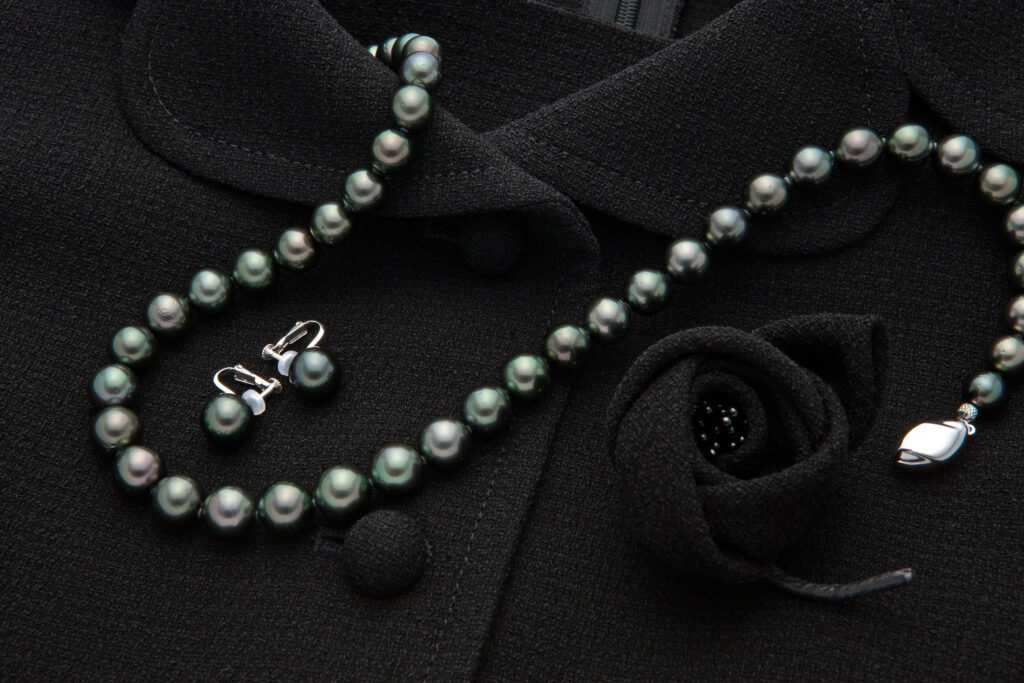
Telling Real Pearl Jewellery from Imitation
Distinguishing between real pearls and imitation pieces can be challenging, especially when modern manufacturing techniques have become so advanced. Fortunately, there are a few tried-and-tested methods that can help you identify whether your pearls are genuine treasures or mere imitations.
The “Touch Test”
One of the simplest ways to identify real pearls is by touch. When you hold genuine pearls in your hand, they feel naturally cool at first contact and warm up gradually to your body temperature. This natural coolness is due to the nacre that forms around the pearl over time.
In contrast, imitation pearls, often made from glass or plastic, feel room temperature straight away.
The “Tooth Test”
For a more hands-on approach, the tooth test is a classic method. Gently rub the pearl along the edge of your front teeth (don’t worry, it won’t damage the pearl). If it’s a real pearl, you’ll feel a slightly gritty texture. This is the natural layering of nacre.
Imitation pearls, on the other hand, glide smoothly across your teeth due to their synthetic coating.
Note: While this method is effective, it’s best used in conjunction with other checks for greater accuracy.
Surface Inspections
Real pearls are the result of a natural process, and as such, they are rarely flawless. When you examine a genuine pearl closely, you may notice tiny irregularities or surface ridges. These are natural markers of its authenticity.
In contrast, fake pearls tend to be unnaturally perfect, with smooth, identical surfaces. If every pearl in a strand looks exactly the same, it’s a red flag that they may be imitation. A magnifying glass can be particularly useful for spotting these details.
The “Drill Hole Check”
Another reliable method is to inspect the drill holes of the pearls. On authentic pearls, the drill hole is usually clean, precise, and well-finished. You might also see tiny rings of nacre around the edges.
In contrast, imitation pearls often have rough or chipped drill holes where the outer coating flakes away, revealing glass or plastic beneath. This is a clear indicator that the pearls are synthetic.
Why Knowing Value and Authenticity Matters
Whether inherited, collected, or bought as a cherished memento, understanding the authenticity and value of your pearls is crucial if you ever decide to sell. This knowledge not only empowers you as a seller but also ensures you achieve the fairest possible return.
Authenticity Made Simple with Burlingtons Ltd.
We understand the importance of knowing the true value of a luxury set of pearl jewellery. That’s why we offer a home valuation service that brings expertise directly to you. Daniel Ives, with his decades of experience, can accurately assess your pearls, providing you with transparent and reliable valuations based on the true market value of your pieces.
Unlike auction houses or high-street jewellers, we don’t charge any fees for this service, offering a seamless and private experience. This ensures you can uncover the true worth of old, vintage, and antique pearl jewellery with absolute confidence and zero risk.
Book a Valuation for Your Pearl Jewellery
If you are considering selling your pearl jewellery or simply wish to understand its value, reach out to Burlingtons Ltd. today. Let our team personally guide you through a valuation process that guarantees not only expertise but also a fair market price.

